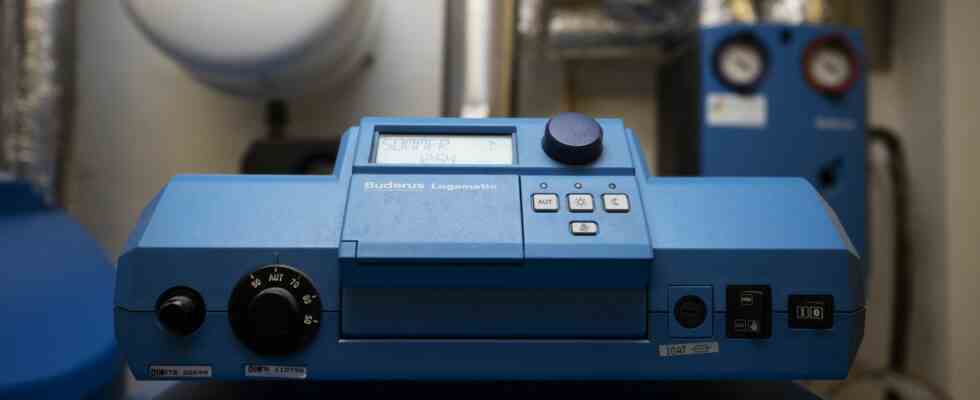Status: 08.09.2022 09:30 a.m
In the case of newly approved residential buildings, the proportion of houses with primary gas heating has halved since 2019. According to the statisticians, the current gas shortage has not yet had any effect – it is a “long-term trend”.
Gas heaters are being installed less and less in new residential buildings in Germany. In the first half of this year, the proportion of approved residential buildings with primary gas heating fell to 16.2 percent, as reported by the Federal Statistical Office. A year earlier, the share had been 25.5 percent.
Compared to the first half of 2019, the proportion has even more than halved. However, the statisticians see this as a long-term process driven by legal regulations. The war in Ukraine and the associated gas shortages have so far not had a clear impact on development.
Heat pump plays most important role
Of the 60,200 residential buildings approved in the first half of 2022, almost three quarters (73.7 percent) are to be heated primarily with renewable energies. In the first half of 2019, it was just under half. Heat pumps play the outstanding role here.
“One reason for the trend towards renewables is likely to be legal regulations,” said the Federal Office. This includes, for example, the Building Energy Act (GEG), which came into force in 2020 and replaced existing laws. This prescribes that the heating and cooling energy requirements of a new building are supplied at least in part from renewable energies. “Government funding programs for energy advice, grants for corresponding construction projects or loans also provide appropriate incentives,” it said.
Decrease also for completed houses
In the completed residential buildings, the proportion of gas is currently even higher than in residential buildings that have only been approved, but it is also declining: last year, 34.3 percent of the houses used the conventional energy source gas, in 2019 it was 41.9 percent.

